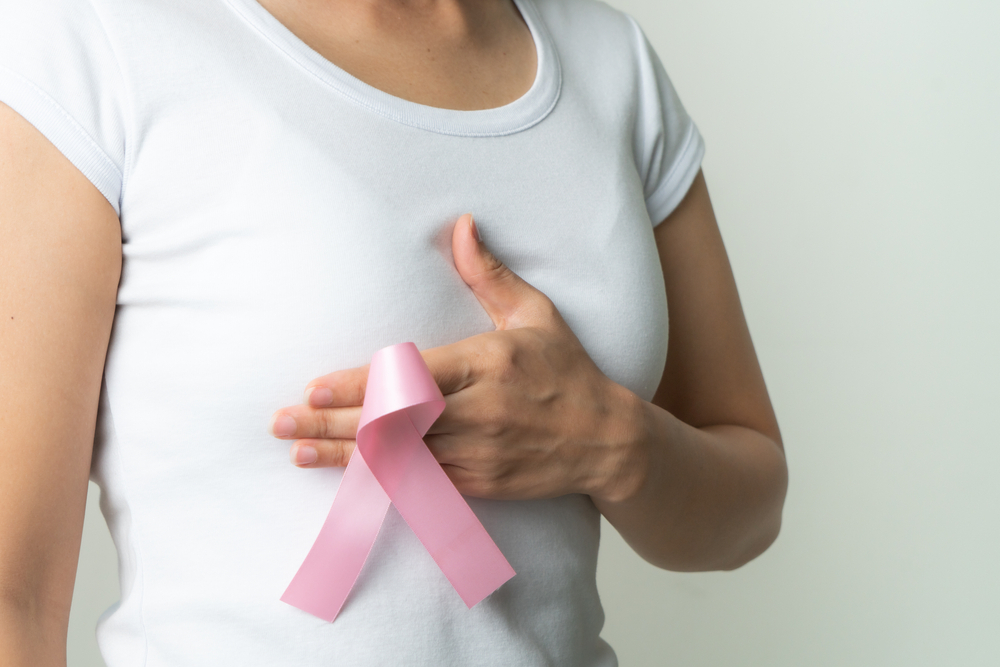Breast Cancer Awareness Month, observed globally every October, is a crucial initiative championed by leading breast cancer charities. During this month, people from all over come together to show support for those affected by the disease. Various educational events, fundraisers, and awareness programs to encourage early detection through mammography and regular breast self-exams are organized worldwide. Communities unite flaunting pink ribbons and show their unwavering support for those battling breast cancer.
However, despite these global efforts, in certain societies, speaking openly about breast health and breast cancer remains a taboo. Limited knowledge about the disease leads to late detection, and therefore late diagnosis. Misconceptions and myths about the affliction can cause unwarranted fear and panic, distorting a person’s decision-making about available treatments. In this article, we aim to debunk a few widely known myths about the condition.
Misconceptions/Myths:
MYTH: A breast injury can cause breast cancer.
Fact: While injuries might result in some changes to the breast, they do not directly cause breast cancer. An injury can lead to bruising, discoloration, or lumps similar to breast cancer. It may also cause a hematoma or trigger necrosis (cell death) leading to scarring. This fat necrosis can be mistaken for breast cancer during mammography. However, if cancer is detected after an injury, it doesn’t mean the injury caused it; the cancer was already present.
MYTH: Bras, especially underwired ones, cause breast cancer.
Fact: There is absolutely no correlation between bras and breast cancer. The myth suggests that bras or underwires constrict blood flow and the lymphatic system, causing a buildup of toxins. There’s no evidence supporting this claim. However, it’s essential to wear a well-fitting bra to avoid discomfort and swelling.
MYTH: Men do not get breast cancer.
Fact: Both men and women have breast tissue, and both are susceptible to breast cancer. Since men have less breast tissue than women, many assume that only women can develop the disease. Men should perform regular breast self-exams and report any changes to their doctor. A hard lump underneath the nipple might indicate the disease. Men with a strong history of breast cancer in their family should undergo regular screening mammograms.
MYTH: Breast cancer only affects older adults.
Fact: A breast cancer diagnosis can happen at any age. While it’s more common in older and middle-aged women, younger women are not immune. Women under 40 should be aware of the risk factors, signs, and symptoms, and consider regular screenings, especially if there’s a significant family history of breast cancer.
MYTH: All breast lumps are cancer.
Fact: Not all lumps are indicative of cancer. Many women panic after discovering a lump, but most new lumps are benign. They could be cysts or fibroadenomas. However, never ignore a persistent lump or any changes in breast tissue. Consult with your doctor and schedule regular exams and mammograms.
Being informed about breast cancer is paramount not only for early detection but also to combat myths and misconceptions. Knowledge can be a powerful tool against unnecessary anxiety. Share this article and the facts you’ve learned to continue raising awareness and combating myths!

